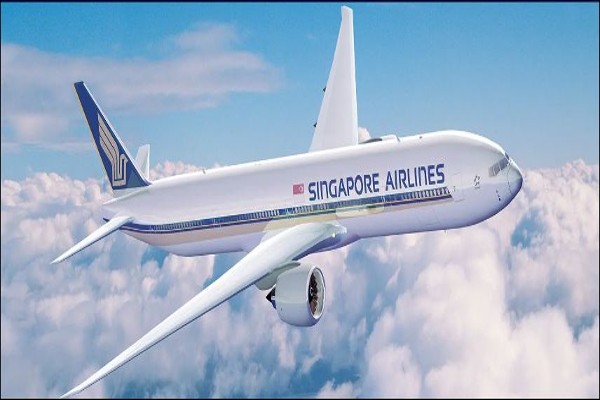CHICAGO: Buckle up. Use seatbelts when seated. That is the message from flight attendants and pilots after severe turbulence killed a passenger aboard a Singapore Airlines flight.
The London-to-Singapore flight hit heavy turbulence over the Indian Ocean and descended 6,000 feet (around 1,800 meters) in about three minutes, before an emergency landing in Bangkok.
🇸🇬 BRITISH MAN DIES WHEN PASSENGERS WERE FLUNG TO CEILING ON BOEING FLIGHT
A 73-year-old British man died, and over 30 others were injured on a Singapore Airlines flight hit by severe turbulence and a rapid 7,000 ft descent.
Passengers described the plane suddenly dropping and… https://t.co/bXKjWn0lOz pic.twitter.com/QBkJLkq8kv
— Mario Nawfal (@MarioNawfal) May 21, 2024
Singapore Airlines did not say what type of turbulence was involved. But aviation experts suspect it to be clear-air turbulence, considered the most dangerous type of turbulence.
Clear-air turbulence (CAT) is virtually undetectable with current technology, and can hit without warning. This makes it all the more important for passengers to wear seatbelts whenever seated, safety experts said.
Airlines are required by law to switch on the seatbelt sign during takeoff and landing of flights. But carriers have their own procedures to deal with mid-air turbulence.
A witness on the Singapore Airlines flight said numerous people not wearing seatbelts were thrown around the cabin when the plane dipped, with many hitting their heads.
Sara Nelson, international president of the Association of Flight Attendants, said CAT instances are on the rise and cannot be seen, stressing the importance of being buckled during flight.
“It is a matter of life and death,” Nelson said.
Turbulence-related airline accidents are the most common type of accident, a 2021 study by the U.S. National Transportation Safety Board said.
Most recently, in March, a Boeing 787 plane operated by LATAM Airlines dropped abruptly mid-flight, causing injuries to more than 50 people.
Aerospace safety expert Anthony Brickhouse said passengers need to minimize their movement on flights and always stay buckled in, regardless of the seatbelt light.
American Airlines requires its pilots to turn the seatbelt sign on and instruct passengers and flight attendants to sit immediately when turbulence is severe.
Flight attendants then have to remain seated until notified by the flight’s captain or the seatbelt sign is turned off. Other airlines have similar protocols.
Some pilots and attendances say that leaving a seatbelt sign on throughout the flight would backfire – as passengers would start to ignore it.
“The seatbelt sign means something, and if you leave it on all the time, it means nothing,” said Dennis Tajer of the Allied Pilots Association.
“Everyone will just say it’s a sign that doesn’t mean anything.”
(REUTERS)
In a career spanning three decades and counting, Ramananda (Ram to his friends) has been the foreign editor of The Telegraph, Outlook Magazine and the New Indian Express. He helped set up rediff.com’s editorial operations in San Jose and New York, helmed sify.com, and was the founder editor of India.com.
His work has featured in national and international publications like the Al Jazeera Centre for Studies, Global Times and Ashahi Shimbun. But his one constant over all these years, he says, has been the attempt to understand rising India’s place in the world.
He can rustle up a mean salad, his oil-less pepper chicken is to die for, and all it takes is some beer and rhythm and blues to rock his soul.
Talk to him about foreign and strategic affairs, media, South Asia, China, and of course India.





